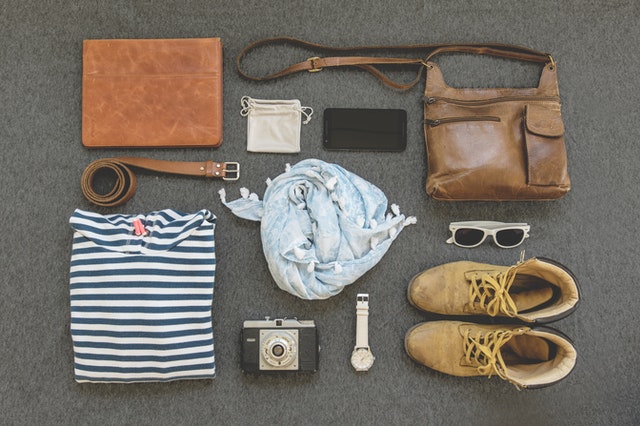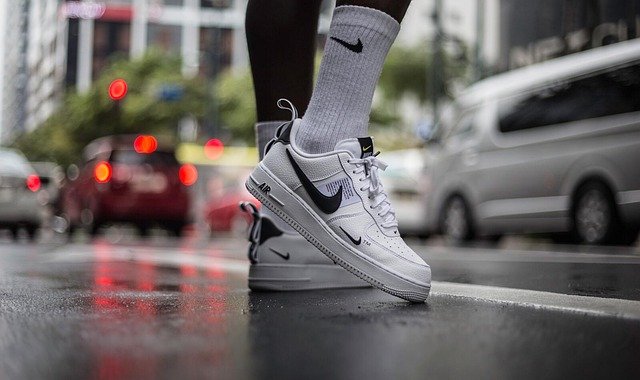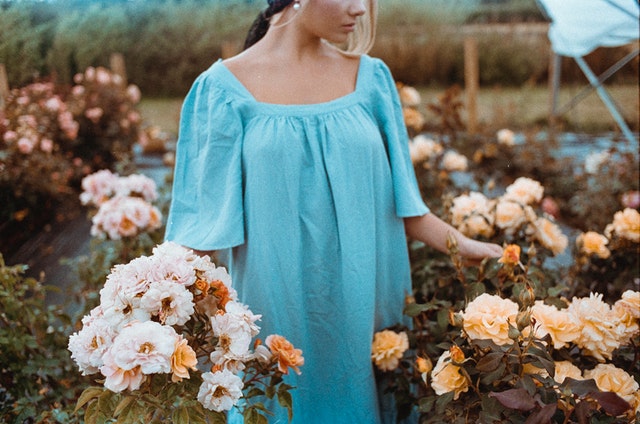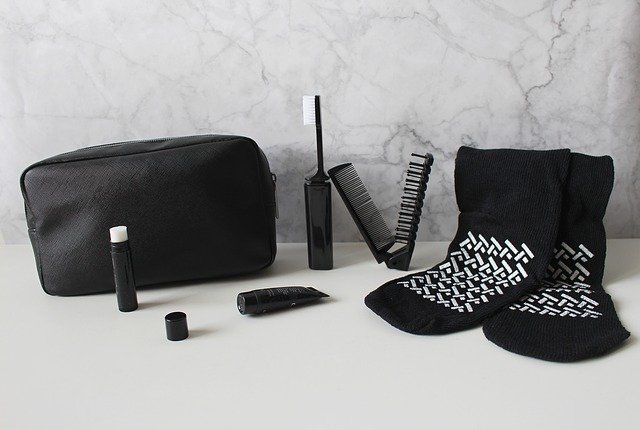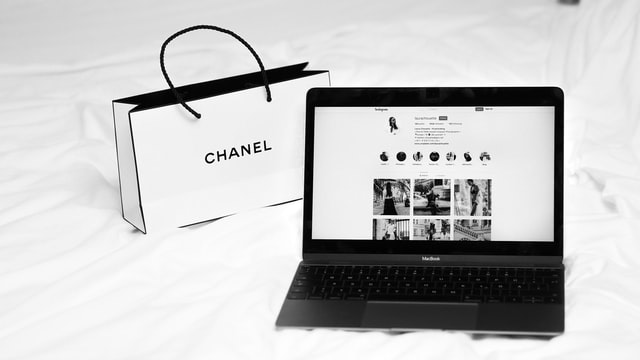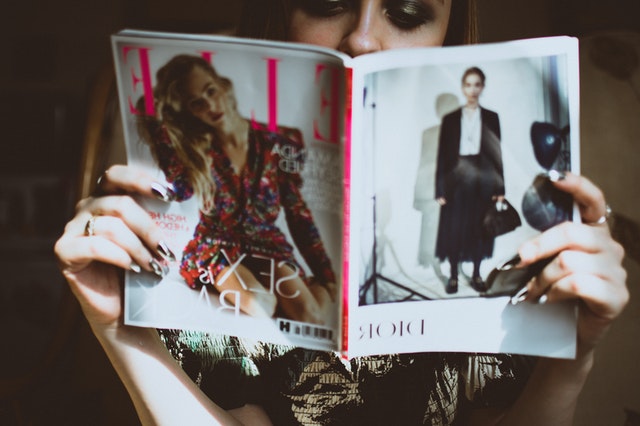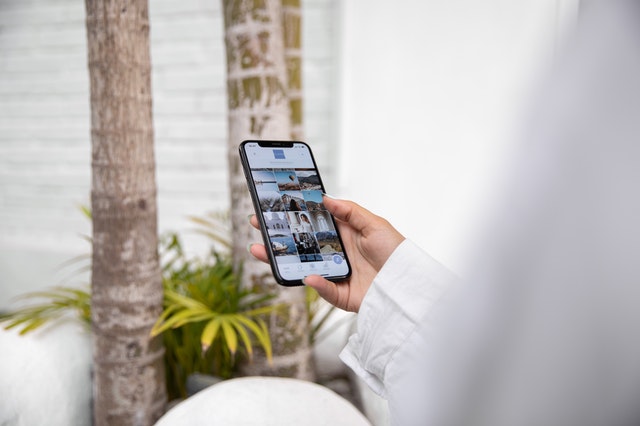Fashion is all about colours, vibrancy and vitality. It’s also about introducing new designs or tweaking old designs to suit the current generation. Whichever may be the case, the fashion industry thrives on brand name and brand identity. Once a brand is established, what remains is consistent delivery through years and across generations. Astro strategist Hirav Shah has a 7-step approach to keep your brand new as ever
Say fashion and it evokes images of beautifully crafted apparel and accessories. Fashion can go upwards, where street fashion is adopted and adapted by hi-end fashion labels and it can trickle downwards where hi-end labels or high street fashion is spotted in street wear. Whichever way it works, fashion is all about making a distinct fashion statement that lets you stand apart or stand out among contemporaries.
Fashion does not always mean styling by designers. Fashion is also about making an individual statement by making exquisite sartorial choices. Fashionistas splurge on fashion depending on their social standing and the credibility of the brand they are flaunting. When one talks of Gucci, Chanel, Valentino, Roberto Cavalli, Vivienne Westwood, Armani, Versace, one is speaking of bespoke fashion, designed with their target customers in view.
For these fashion brands, quality is of supreme importance and they go into the most intricate detailing while making their apparel and selling them to their crème de la crème clientele. Most of the fashion labels, big, medium and small, go by the name of the designer or the fashion house. In a world, where aping the fashion giants is common, fashion wars happen when brands try to pick style of the season and adapt it to suit their fashion label.
But being distinct and highly individualistic is the hallmark of all top brands as that’s what makes them appealing to their clients. That’s also how fashion labels remain in business for decades and create their brand identity that generations can relate to.
Fashion is surely no random business. A lot of thought goes into bringing out collections for every season year after year and positioning them in such a way that they directly connect to the target clientele. There is no scope for ‘fashion faux pas’ as much is at stake in terms of their brand credibility. In today’s social media driven world, fashion houses connect with their potential clients through videos showing how intricately their products are made and the level of accuracy to which their in-house designers go.
The beauty of fashion labels is that they diversify into various fashion-related products to satiate a customer that is obsessed with their brand. Perfumes, hand accessories, jewellery, apparel, shoes, even designing of houses are taken up by premier fashion labels to provide 360 degrees connection to their clientele.
Table of Contents
Importance of branding in fashion industry
Keep changing each season
There are few industries that change their products according to season in keeping with changing trends and tastes. While some sectors can get away with selling the same products over and over again, fashion brands have to work throughout the year to provide seasonal delights. Products might come and go, but a strong brand is here to stay. This is where the logo of a brand acquires great importance. The LV of Louis Vuitton or the interlocked G of Gucci or Dior of fashion house of Dior are all distinct and can be recognised even on their brand new handbag or apparel.
Market differentiation
The first and foremost step in choosing a logo for a fashion brand is finding ways to differentiate your brand from others in the same market space. Of course, the products and apparel might look different or bear your mark all over them like Roberto Cavalli or Versace, but it is of prime importance to give serious thought to who your customers are and how they are affected by the logo.
Find a focus for your logo
When we talk of hi-end brands, it is quite obvious their designs and their styles are extremely unique. For example, you can spot a Versace or a Roberto Cavalli from a distance due to their distinct prints, be it on apparel or their other accessories. On the other hand, if you are a moderate brand or a start-up, it is highly important that you create the right image from the word go. For example, if you are an environment-friendly brand, it helps if you add green, brown to your logo, so it instantly creates a connection with the clients. The logo should be such that the audience seeing the logo should have no doubt about what to expect from the brand.
Having fair knowledge of your customers
Once you have differentiated yourself in the market, it’s time to focus on customers. This is where effective branding comes into place as it requires understanding one’s customers and what they want or expect from you. Once you have this information in place, you can create a marketing strategy going forward.
Choosing the right colours and shapes
Colours acquire great importance as there is a whole science of colour psychology. However, when it comes to fashion brands, this rule can be tweaked to suit their purpose as the industry is all about choosing colours that appeal to you. It’s a creative industry and one can choose one, two or three colours at the most. More than that number makes the logo overwhelming. If you notice, top brands stick to one colour or gold to show they are premier brands.
Green is ideal for environment-conscious brands, while purple is a colour that can be used by hi-end brands in the industry. Kids clothing can use bright versions of basic colours.
Similarly, lots of thinking goes into the shape of the logo too. A round shape signifies warmth, femininity and love. Squares and rectangles convey stability and balance, while triangles are masculine and powerful. This is science, but one can come up with their spectacular logos, which can have a cult following.
Develop a fashion avatar
Branding experts insist on developing a fashion avatar, so the brand can target the right customer at the right time. Companies could have men’s line, women’s line or have multiple accessories and lines of clothing, then they have to identify different fashion avatars. The idea is to start with demographics depending on age, gender, income level, marital status and other key information. Once that is done, it is important to know the hobbies, interests and everything else that might help the brand identify its audience.
When it comes to luxury fashion brands, they are targeted at highly successful people with ample disposable income and an obsession for natural fabrics and ingredients. For example, Chanel releases videos about the making of their hallmark perfumes using carefully sourced ingredients. This is an instant deal breaker for those interested in adding a perfume to their collection.
Online interaction
Like we have mentioned above, once the client differentiation happens, it is important to choose the right channels to create marketing strategies for online targeting. For example, luxury brands could choose pinterest or instagram to target their well-heeled customers.
On the other hand, if you are a brand like Pull & Bear that targets teenage and young audiences, you could try marketing on snapchat and allocate budget accordingly.
Developing marketing strategies and tactics
Once you figure out what the customers want, it’s important to develop a marketing strategy. The big idea is to develop a blueprint on how you intend to market the company. This includes social media advertising, blogging, creating YouTube videos, Google ads. How you use social media is also a skill and art. Shooting the video of one of your designers at work and posting it on Facebook is a sure-shot tactic. The specific you are, the better is the reach to the target audience.
Blogging tips
Blogging is one of the best ways to keep the content on the website fresh and attract new customers. The search engine giant Google gives priority to websites that have new content.
A fashion blog cannot work without awesome pictures. So, it’s a good idea to integrate your blog with instagram. It’s also pertinent to offer content that is of immediate value to the customers. For example, if you put up a necklace, then show 5 different ways to style it. Variety is the spice of life. Don’t shy away from using infographics, videos and illustrations. Set up a blog schedule, like say post a blog once a week. Do not blog sporadically.
Social media is indispensable
Use your logo or your profile picture on every social media site. Follow content in famous fashion magazines and add your own tips to it. Encourage your clientele or potential clientele to take pictures and post on your website or instagram pages. Instead of talking about spring look, let them sport their individual pictures, which give a lot of traction to the brand. Goes without saying, it also saves on advertising moolah. Also, make sure to comment, like and reply to queries from customers and potential clients. Show that you care.
Video marketing
Creating videos and posting them on social media and YouTube gives a real boost to your marketing strategy. We often see top bracket Indian designers like Manish Malhotra, Tarun Tahiliani, Anita Dongre, post videos of their work on various social media platforms. But remember, it’s best to weave a story around the designs instead of simply trying to sell the garment or accessory as a product.
Go for a wardrobe update and film the transformation, provide behind-the-scenes look at your design process, do profiles of your designers and last but not the least, you can set up your own YouTube channel and share videos. However, all social media activity must be done keeping the target audience in mind. What works for elite clientele does not or may not work for budget-conscious customers.
A fashion brand could be local or targeted at a global audience. Or you could be a brand looking to reinvest itself, following the initial launch. Astro strategist Hirav Shah has a well-sorted plan of action for your branding and rebranding:
For good business growth and future prospects, astro strategist Hirav Shah says it is important to have the necessary ‘luck’ in the personal chart of an individual. However, apart from that, there are a variety of factors that push forth ‘luck’ in business. The name of the business, its logo, the partner’s luck, etc, all determine the success of a business, he shares.
Hirav Shah insists that whatever hard work one puts in or whatever talents one uses to put in smart work by strategizing and implementing those strategies in terms of advertising, marketing, sales, HR, production or service… things have to move smoothly and seamlessly.
According to astro strategist Hirav Shah, that is called the ‘luck’ of the company. So, if the structure of the company or organisation is proper, it helps in utilizing your potential and growth in a productive and positive manner.
Consider this
How does food taste without seasoning?
How does one feel wearing ill-fitted garments?
How can a footballer ace without proper field?
Similarly, in business, if the structure of the organization is great (ie, business name, great partners, correct registered and administrative address, logo, web-print-digital presence, brand name, etc), by seeking the help of an astro strategist, a business can make and execute decisions within a perfectly timed framework to maximise success.
7 Factors Astro Strategist Hirav Shah Considers for Successful Branding
1. Name of the organisation
Never, ever, go by Shakespeare’s famous line, What’s in a name? Because, when it comes to branding, it’s all in the name. Astro strategist Hirav Shah will help you name your organisation or brand or product in sync with numerological and astrological calculations. Look at brands like Roberto Cavalli, Versace, Armani, Chanel, etc – they bring out ads or social media inputs that directly target their clientele almost on a daily basis. They reach out to customers through various platforms, but the message is unique and consistent. The names instantly ring a bell and create an image of the apparel and accessories they offer.
2. Correct partners
Checking the compatibility, strengths and weaknesses of all partners and administrators is crucial as one weak campaign can mean loss of valuable customers for travel sites, which operate amidst high competition and highly segmented markets.
3. Percentage of shares of all partners
Hirav Shah ensures that each partner share is correctly balanced, so there are no disputes or disagreements in the long run.
4. Registered address and administrative address
They should be astrologically compatible with the name of the organization and key people in the company.
5. Logo of the organisation
We have already seen how important the logo of a fashion brand is in the case of various brands like Manish Malhotra, Tarun Tahiliani, Vivienne Westwood, Alexander McQueen, etc. Hirav Shah helps you create and finalize the right logo that reflects your values and attracts the right kind of energy.
6. Web, print and digital presence
In today’s world, where one needs to be seen and heard on various media platforms, Hirav Shah ensures that your digital, print and marketing collaterals are aligned and in harmony with your brand’s purpose and vision.
7. Brand
Last, but surely not the least, astro strategist Hirav Shah makes sure that your brand assets are auspicious for the company and have a positive impact on team morale.
Final Words
Hirav Shah, a renowned business strategist, suggests that before launching a fashion brand, it’s crucial to define your brand identity, including values, target audience, and unique selling proposition. Conducting market research is also essential to understand your competition and identify gaps in the market. A comprehensive business plan should be created, including financial projections, marketing strategy, and production plan. Developing a strong brand image through consistent and cohesive branding across all platforms is crucial. Building a strong team of professionals who share your brand’s values and vision is also important. Quality and sustainability are becoming increasingly important to consumers, so it’s essential to create well-made and environmentally friendly products. Finally, embracing new technologies such as 3D printing, virtual reality, and artificial intelligence can help create innovative products and improve production processes.



